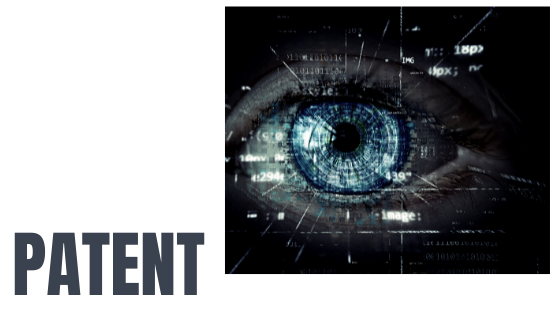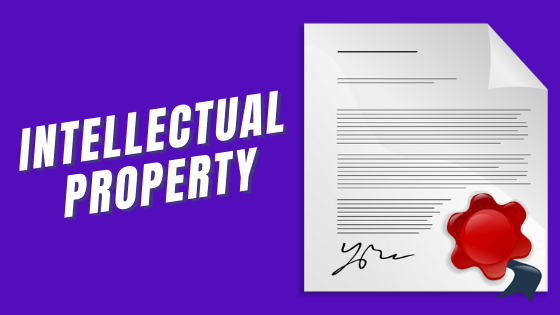
Patents are formal legal documents and should be drafted by a registered patent attorney. Many Inventors feel they can prepare a patent application themselves because they have an understanding of how the invention works. Of course they have an understanding. . . they developed the idea! Unfortunately, this often turns into a nightmare. Remember, a U.S. Patent is a legal document.
If the patent application is not prepared correctly, the Inventor may end up spending more money to fix the patent application than the Patent Attorney or a Patent agency, such as InventHelp, would have charged to draft it in the first place. Alternatively the patent attorney may have to draft an entirely new patent application which results in wasted time and money for the Inventor.
Patent attorneys prepare a variety of Patents and Patent Applications. The following is a brief description of each:
A Utility Patent is what most think of when they imagine a patent. Utility Patents protect new and useful products and processes. A Utility Patent can be very broad and is usually preferred if the invention performs a useful function or a useful process. Examples of Utility Patents are pharmaceuticals, methods to treat medical conditions, devices for performing particular operations and the like. A Utility Patent typically has a term of about 20 years from filing and has a number of formal requirements.

A Design Patent protects the ornamental features of a device. In other words, a Design Patent protects the look of the invention. Design Patents are typically much narrower in scope than Utility Patents. Design Patents have a term of 14 years.
A Provisional Patent Application does not issue as a U.S. Patent. However a Provisional Patent Application provides the Inventor a priority date and a 1 year grace period to file a Utility Patent Application and/or a PCT International Patent Application. Although Provisional Patent Applications do not require many of the formalities as a Utility Patent Application (and can therefore be less expensive) a Provisional Patent Application should comply with the written description requirement including best mode. A Provisional Patent Application does not effect the term of a resulting issued U.S. Patent. as discussed in this article on https://celebmix.com/follow-in-the-footsteps-of-inventors-like-george-foreman-with-inventhelp/.
A PCT Patent Application is also commonly referred to as an International Patent Application. A PCT Patent Application never issues as a Patent itself. The PCT (Patent Cooperation Treaty) provides a centralized method for filing a patent application throughout most of the industrialized country. Thus, the patent application eventually must enter the national stage of each desired country. Currently there are about 181 Member States (countries) that belong to the PCT.
A U.S. National Stage Patent Application may be filed from a PCT Application designating the U.S. in the Request. A National Stage application issues as a U.S. Patent.


